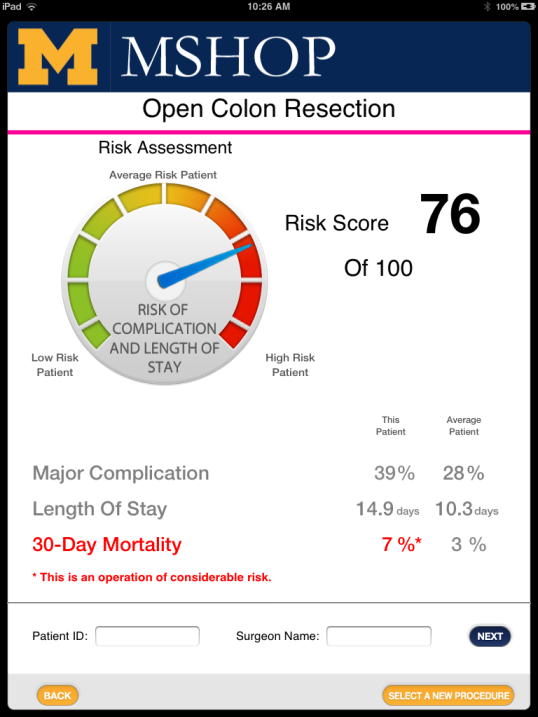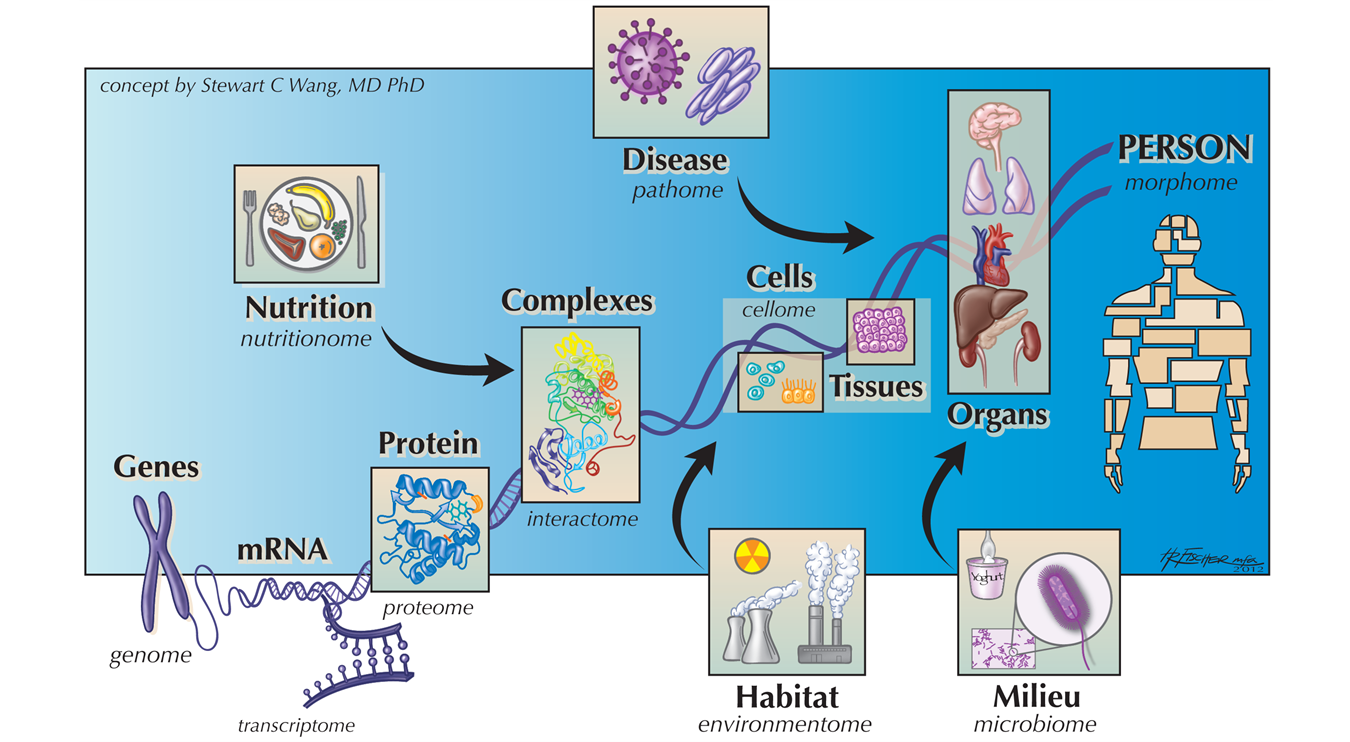Welcome to Peng Zhang's Homepage!
Who am I?
Position

Research Assistant Professor
Department of Surgery
International Center for Automotive Medicine
Morphomic Analysis Group
University of Michigan
Education
| B.S. |
Mathematics |
Peking University |
2002 |
| Ph.D. |
Biostatistics |
Harvard University |
2007 |
Contact
3317B Medical Science Building 1
1150 W. Medical Center Drive
Ann Arbor, MI 48109-5677
Email: pczhang at med dot umich dot edu
Tel: (734) 615-0050
Research Interests
Personalized Medicine
Designing personalized/individualized treatment decisions or strategies is my main research area.
Personalized medicine, first coined in the context of genetics and broadened to encompass all "-omics", has
entered a new era in the recent years. The Food and Drug Administration (FDA) has already approved multiple cancer drugs
for use in patients with specific genetic characteristics.
The essence of "personalized medicine" is to tailor the medical treatment based upon individual characteristics, needs and preferences of each patient.
Clinicians have long been using the concept of
personalized medicine in their practice, choosing intervention based on
patients' symptoms, illnesses, causes, and medical history.
However, the advances in the wide range of "-omics"
along with increased computational power and
developed new methodology allow discovering new
quantitative decisions on individuals based upon "big data".

An example of personalized medicine is the novel pre-operative risk assessment tool I have co-developed based on the Michigan Surgical and Health Optimization Program (MSHOP). It is currently used by both surgeons and primary care physicians to inform care decision-making discussions with patients at University Michigan Health System (UMHS). Excessively high risk and futile surgical procedures will be reduced. By creating technologies to provide efficient, patient-centered surgical risk stratification and best practice recommendations to the bedside for surgeons and physicians, this will facilitate shared decision-making, encourage patients to affect their own surgical outcomes, and improve care of at-risk patients, which will all lead to improved clinical decisions. This tool is powered by models that include the operative procedure and complexity as well as patient specific factors such as comorbidities and functional status.
Though patients' demographics and medical history contain lot of information, there is still lack of information regarding human body. At Morphomic Analysis Group (MAG) directed by Stewart C. Wang, M.D., Ph.D., we have developed Analytic Morphomics, which is the cornerstone of our research. Leveraging the power of "Analytic Morphomics" to describe the heterogeneity among patients, we strive to inform clinical practice and improve both short- and long-term patient outcomes.
Analytic Morphomics

Many diseases, such as type 2 diabetes, are associated with a variety of factors, both extrinsic related to environment and lifestyle and intrinsic at the DNA level. To provide personalized decisions and risk predictions, all of these factors must be considered at a more granular level to account for the heterogeneity of the human population. Analytic Morphomics is the newest "-omics" measuring human body morphometric changes which intertwines other "-omics" information altogether.
At MAG, we have developed a novel process called “Analytic Morphomics”, in which we leverage proprietary patented software to index anatomical measurements and record their location in 3D space from archival CT data. Using this semi-automated process, we obtain individual geometry and tissue characteristics, including trabecular/cortical bone, core muscle size, fat content distribution, and body composition at different vertebral levels. Various organ properties, including bounding boxes, volumes, and areas, can also be obtained through segmentation. Cross-sectional radiographic images are routinely used by clinicians in various medical disciplines for diagnostic purposes. Now with the power of analytic morphomics, they can provide much more quantitative information.
Morphomics are much more granular anatomically indexed information. Our recent work has shown that analytic morphomics are much better risk markers than the routine clinical variables. Leveraging the power of morphomics, my work covers predictions on various medical outcomes, including injury severity scores in trauma, liver cirrhosis, rehabilitation, degradation of muscle/bone qualities, and post-surgical outcomes.